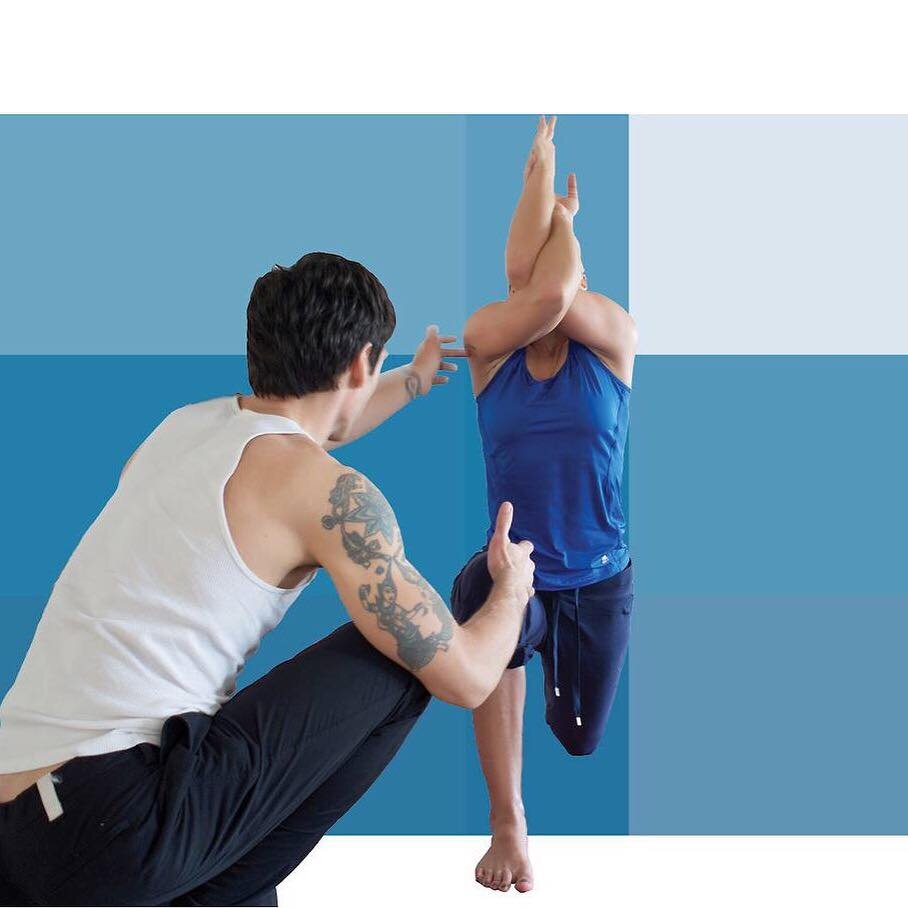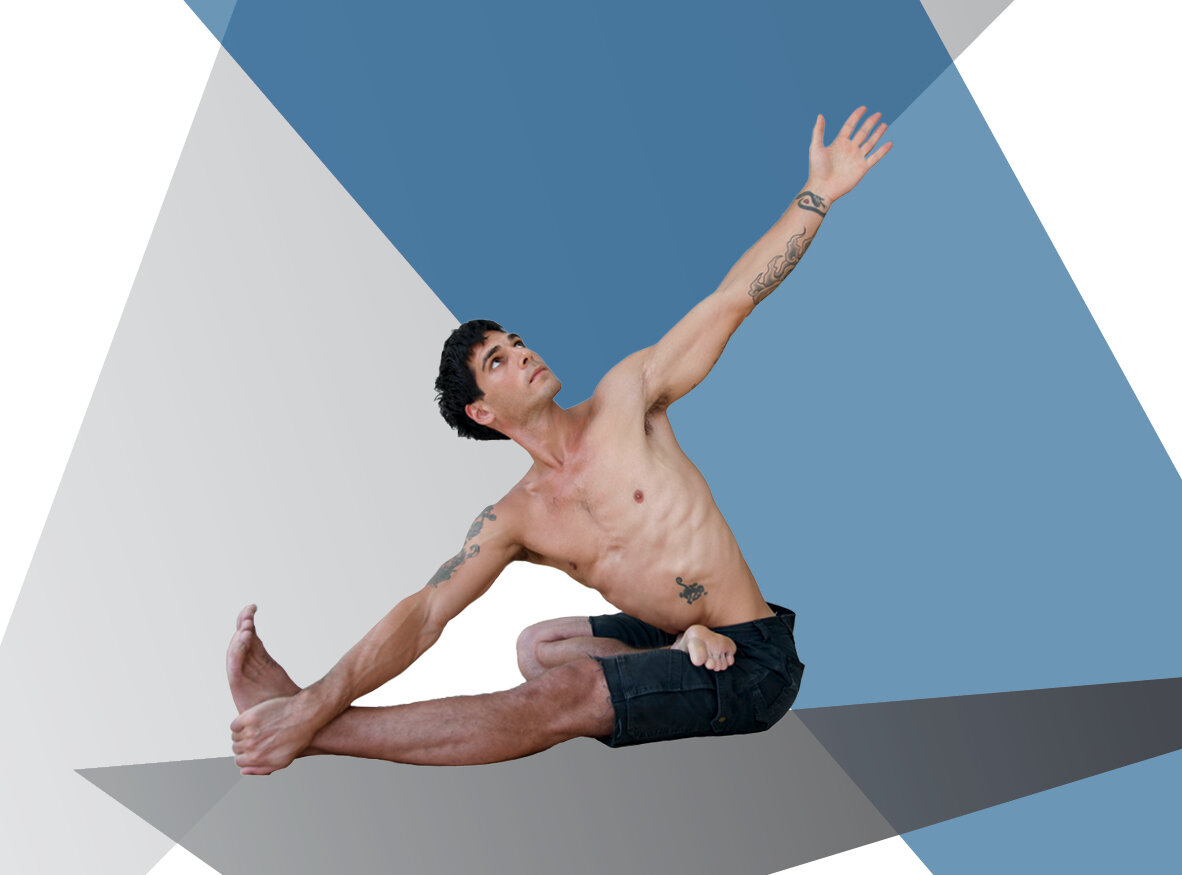Workshops
Please check David's Events Calendar for upcoming workshops.
For bookings contact Lya at info@davidregelinyoga.com
SUN SALUTATION FORMULA
Form, Technique, and the Foundational Principles of a Breath-Based Vinyasa Yoga Practice
Sun salutations are often at the beginning of vinyasa yoga practices. Beyond providing a good warm-up, salutations establish the volume and rhythm of breath, incorporate foundational postures and the dynamic transitions between them, improve spatial awareness, enhance the ability to act upon one’s imagination, and set the tone for an entire practice.
In this workshop we will cover:
Stepping salutations - They can be just as exhilarating as jumping salutations, and are usually far more accessible for most. Learning to step forward and back lightly, creating space within the body to step forward from downward dog without lifting a hand, are skills well worth learning in their own right as they help to streamline and economize movement. Stepping well is also the foundation for learning “the jumps” forward and back. Learn multiple stepping salutations, and move them at various tempos to enhance your practice with agility and lightness.
The Jumps- Breath control, form, and technique, will all integrate to facilitate a fluid salutation practice. Learn to be efficient in movement, economical in breath, and build up energy for the rest of the practice by refining and defining each moment of the exercise. No more random efforts that lead towards random results. Align your gears and get moving with freedom and ease.
2. CENTERING SKILLS
Locate Your Center, and Relate to Your Circumference
All yoga talk aside, we all have an innate understanding that there is a link between our posture and our psychology in that we all respond to one another's body language, more or less consciously, more or less compassionately. This works both ways. We may also influence how we feel by altering how we posture ourselves, and recent findings in neuroscience validate this. Since yoga postures are revelatory and dynamic examples of our everyday posture, they offer a range of opportunities to self-adjust. In this way, among others, yoga asana can be seen as a necessary preliminary to meditation practice.
The goal of this class is to learn self-adjusting techniques that can facilitate well-adjusted posture and perspective. Simple concepts that describe how the body fits together will be made clear within the context of a sequential asana practice. The goal is to develop the skill to self-adjust.
3. HANDSTANDS, HANDSTANDS, AND ALSO HANDSTANDS
Transcend the Fear and Discover the Joy of Handstands!
Improve Your Handstand Technique by learning to:
- Use the hand as a map of the entire body, allowing adjustments to the placement of the entire body by sensing where the weight falls into the hand.
- Use your legs! The sign of a complete handstand beginner is usually that the legs are dull and lifeless or flailing. Learning to use the legs well lightens the load on the upper body allowing for a lighter and more versatile handstand.
- Proper wrist angles for a variety handstands types: people often dive headfirst into handstands and eventually have to back away from them because they over-stress their wrists. Develop the range and stability in the wrists with my *magic* wrist techniques.
- Shoulder and rib cage placement. Differentiation. Hip placement. Pelvic tilt. Foot articulation. All necessary to learn to lift up to handstand with good form. Let's discuss.
- Breath and Bandha: suspend your disbelief! Breath brings Bandhas and Bandhas are real!
4. SKILLFUL VINYASA
Embody What You Imagine
Develop a graceful and safe yoga asana practice by learning how to connect what you visualize with your actual practice.
This vinyasa class strings together both classical and modern postural adaptations into a complete practice. The main idea is to develop a ‘skillful in means’ or ‘effortless effort’ practice where the many small efforts made to pay attention to seemingly small details, lightens the overall effort required to practice and holds the mind in a peaceful and focused state.
Learn to:
-Mentally “trace” the outer form of your postures to build proprioception.
-Improve spatial awareness by extending lines from your body in the direction in which you intend to move.
-Visualize the shapes you intend to become in order to foresee how one posture complements another, and how an advanced understanding of basic postures makes advanced postures feel basic.
5. THE BASICS OF PHYSICAL ORIGAMI
Simplify How One Posture Folds and Unfolds Into Another
There are only so many ways in which the body is designed to fold. Learn unique and progressive sequences that exemplify how the body is made to fit together. We begin by examining some of the most foundational postures that are necessary to progress towards the vast array of bound and folded yoga postures that one might one day practice. We continue by putting these together into sequences that are worth practicing in repetition.
6. HOW THE BACK BENDS
Architecture of Backward/Forward Bending
This class will bring awareness to the many small curves of the body and relate them to the great curves of forward and backward bending postures. We will address techniques for reforming arches for those who do not naturally backbend, and creating boundaries for those whom back bending comes all too easily. This will be complemented by a selection of deep forward bend techniques that can turn anyone into a natural forward bender.
7. MULTI-INTENSO
A Vigorous Vinyasa Experience
Sets of technical yet exhilarating, complex yet purposeful postural sequences that are mapped out, explained, and broken down into formal details, then put together as a whole while practiced along music. Rhythmic cueing, such as a beat or a voice, is known to improve performance because it incites the body's own intelligence to organize and execute movement and form more efficiently.
Multi-Intenso is David's signature class from the early athletic vinyasa boom in NYC's yoga scene. Now back by popular demand.

